

| Cruise Region : Europe, Northern Europe |
| Company : Azamara Cruises |
| Ship : Azamara Journey |
| Journey Start : երք 17 օգս 2027 |
| Journey End : կիր 29 օգս 2027 |
| Count Nights : 12 nights |
| Day | Date | Port | Arrival | Departure |
|---|---|---|---|---|
| 1 | 17.08 երք | Կոպենհագեն / Denmark | 17:00 | |
| 2 | 18.08 չրք | Գյոթեբորգ / Sweden | 08:00 | 17:00 |
| 3 | 19.08 հնգ | Օր ծովում / Sea | ||
| 4 | 20.08 ուր | Լեյթ, Էդինբուրգ / Great Britain | 05:00 | |
| 5 | 21.08 շբթ | Լեյթ, Էդինբուրգ / Great Britain | 16:00 | |
| 6 | 22.08 կիր | Դանդի / Great Britain | 05:45 | |
| 7 | 23.08 երկ | Աբերդին / Great Britain | 09:30 | 22:00 |
| 8 | 24.08 երք | Դանդի / Great Britain | 02:00 | |
| 9 | 25.08 չրք | Ինվերգորդոն / Great Britain | 08:00 | 20:00 |
| 10 | 26.08 հնգ | Օր ծովում / Sea | ||
| 11 | 27.08 ուր | Օբան / Great Britain | 08:00 | 18:00 |
| 12 | 28.08 շբթ | Գրինոկ / Scotland | 07:30 | 20:00 |
| 13 | 29.08 կիր | Դուգլաս / Maine Island | 08:00 | 17:00 |
| 14 | 30.08 երկ | Դուբլին / Ireland | 06:00 |
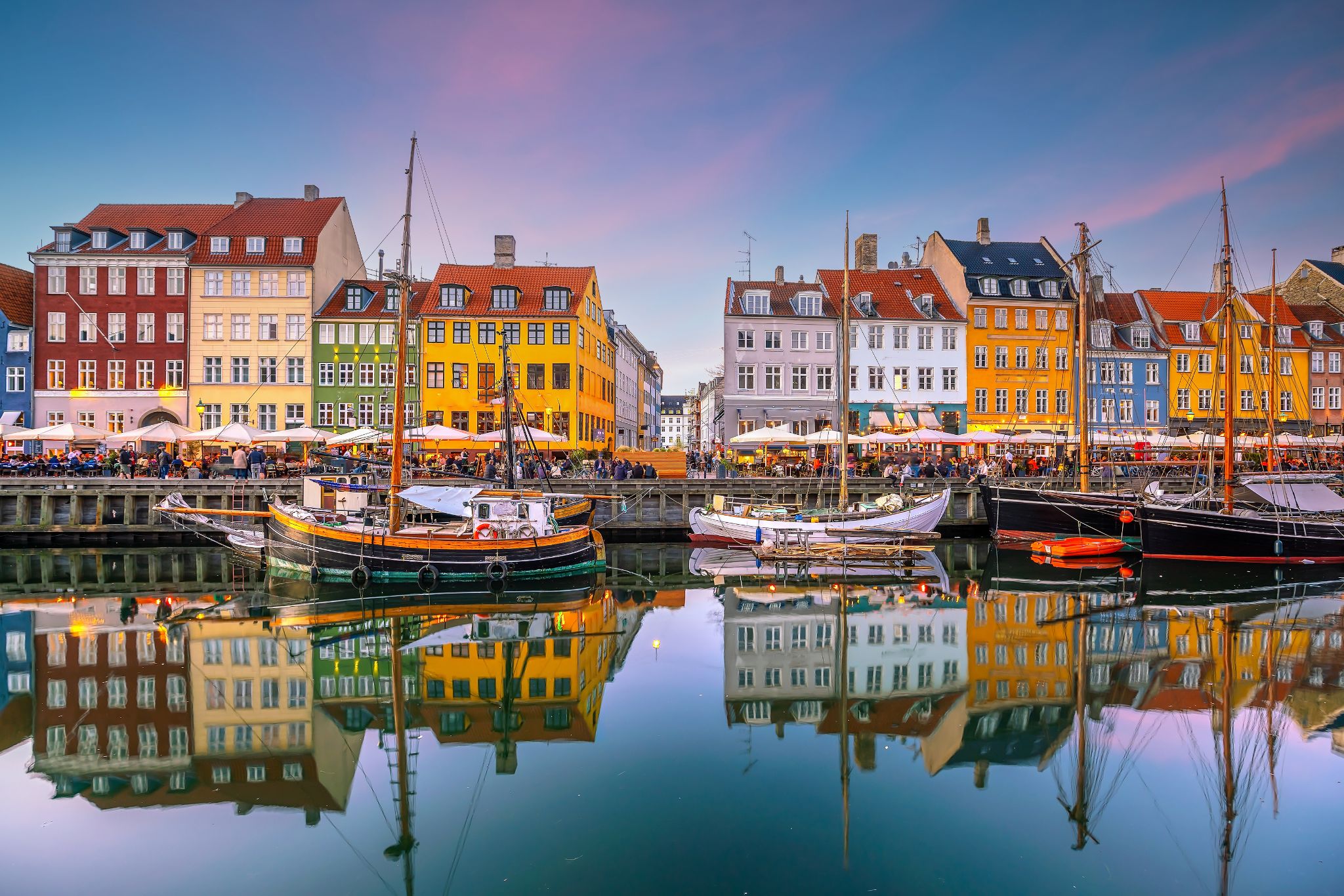
the capital and chief port of Denmark, a city that occupies the eastern part of Zealand and northern part of the island of Amager; population 518,574 (2009).
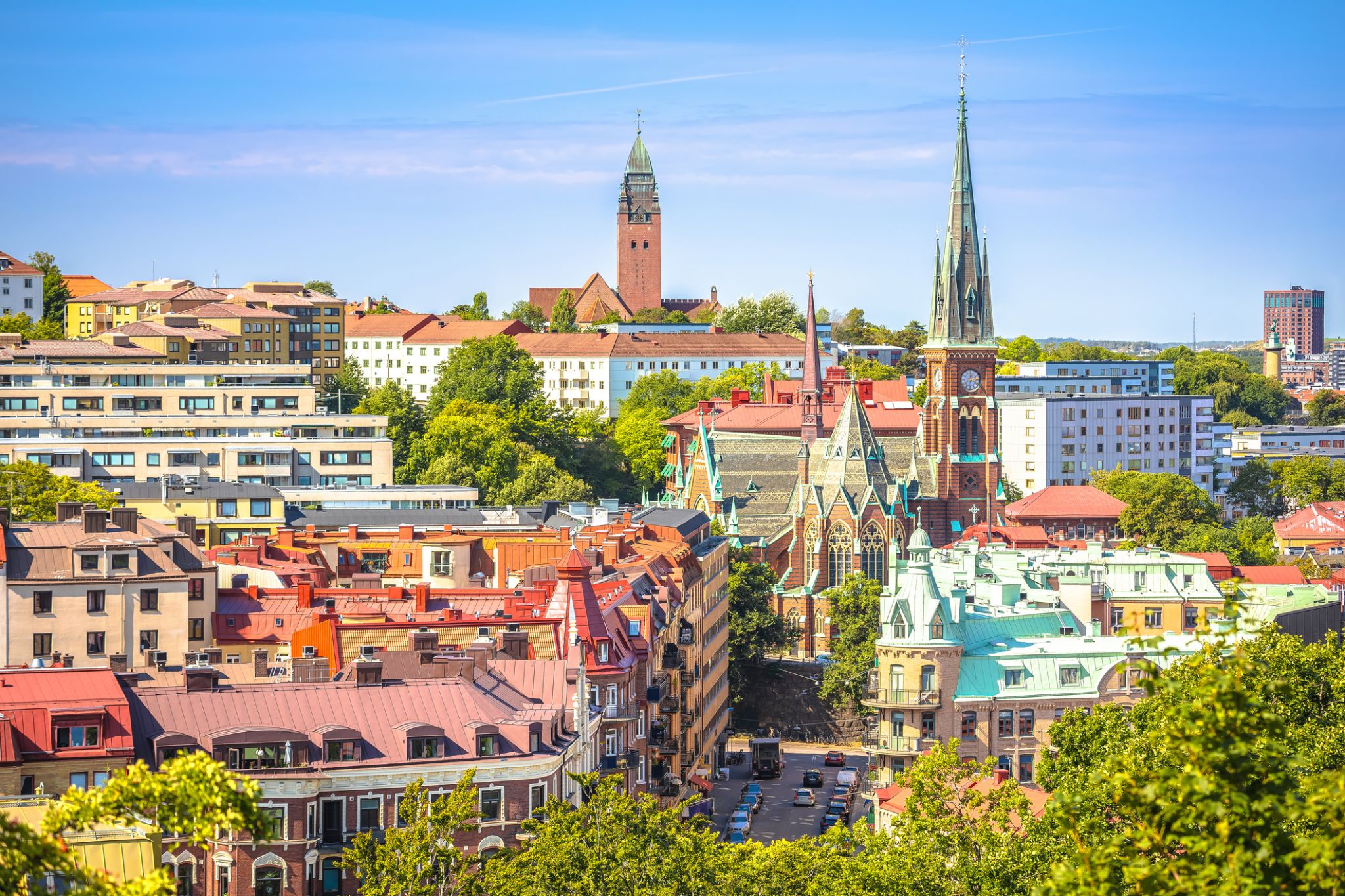
Gothenburg is the second-largest city in Sweden, fifth-largest in the Nordic countries, and capital of the Västra Götaland County. It is situated by Kattegat, on the west coast of Sweden, and has a population of approximately 570,000 in the city center and about 1 million inhabitants in the metropolitan area.
Gothenburg was founded as a heavily fortified, primarily Dutch, trading colony, by royal charter in 1621 by King Gustavus Adolphus. In addition to the generous privileges (e.g. tax relaxation) given to his Dutch allies from the then-ongoing Thirty Years' War, the king also attracted significant numbers of his German and Scottish allies to populate his only town on the western coast. At a key strategic location at the mouth of the Göta älv, where Scandinavia's largest drainage basin enters the sea, the Port of Gothenburg is now the largest port in the Nordic countries.
Gothenburg is home to many students, as the city includes the University of Gothenburg and Chalmers University of Technology. Volvo was founded in Gothenburg in 1927. The original parent Volvo Group and the now separate Volvo Car Corporation are still headquartered on the island of Hisingen in the city. Other key companies are SKF and Astra Zeneca.
The city hosts the Gothia Cup, the world's largest youth football tournament, alongside some of the largest annual events in Scandinavia. The Gothenburg Film Festival, held in January since 1979, is the leading Scandinavian film festival with over 155,000 visitors each year. In summer, a wide variety of music festivals are held in the city, including the popular Way Out West Festival.

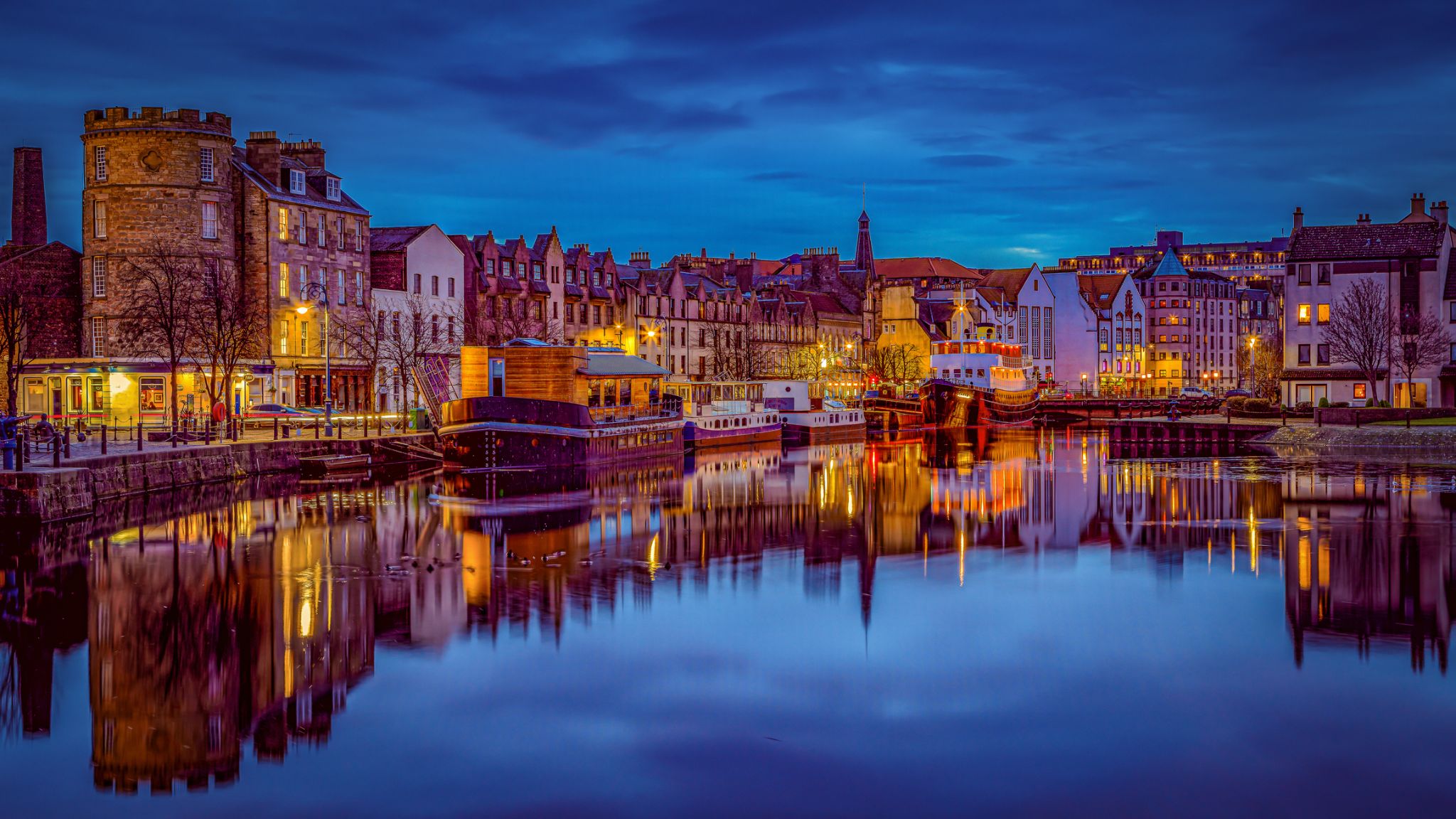
Leith is an area to the north of the city of Edinburgh, Scotland, at the mouth of the Water of Leith.
The earliest surviving historical references are in the royal charter authorising the construction of Holyrood Abbey in 1128. The medieval settlements of Leith had grown into a burgh by 1833, and the burgh was merged into Edinburgh in 1920.
Historically part of the county of Midlothian, Leith is sited on the coast of the Firth of Forth and lies within the council area of the City of Edinburgh.
The port remains one of its most valuable enterprises, handling over 1.5 million tonnes of cargo in 2003.
Previous to the bridge being built in the late 15th century, Leith had settlements on either side of the river, lacking an easy crossing.
South Leith was larger and was controlled by the lairds of Restalrig: the Logan family. It was based on trade and had many merchants' houses and warehouses. This was where ships offloaded their cargoes at The Shore where they were collected by Edinburgh merchants. Leithers were explicitly forbidden by statute to participate directly in the trade at the port, to ensure that landed goods were not sold elsewhere.
North Leith was smaller but proportionately richer, coming under the jurisdiction of Holyrood Abbey. It was effectively a fishing village consisting of one street, now Sandport Street and Quayside Lane. Burgage plots ran down to the river from each house.[6] This has traditionally been the shipbuilding side of Leith with several wet and dry docks built over time. The first dry dock in Scotland was built here in 1720. A small peninsula of land on the east bank also came under the same jurisdiction on what is now Sheriff Brae/Sheriff Bank.
The first bridge to link both banks of the river was built in 1493 by Abbot Bellenden, who controlled the church at North Leith. The bridge was a toll bridge, the revenue supplementing the church's income. Reputedly Leith's oldest building, it was demolished in 1780 to allow ships to sail further upstream.

Leith is an area to the north of the city of Edinburgh, Scotland, at the mouth of the Water of Leith.
The earliest surviving historical references are in the royal charter authorising the construction of Holyrood Abbey in 1128. The medieval settlements of Leith had grown into a burgh by 1833, and the burgh was merged into Edinburgh in 1920.
Historically part of the county of Midlothian, Leith is sited on the coast of the Firth of Forth and lies within the council area of the City of Edinburgh.
The port remains one of its most valuable enterprises, handling over 1.5 million tonnes of cargo in 2003.
Previous to the bridge being built in the late 15th century, Leith had settlements on either side of the river, lacking an easy crossing.
South Leith was larger and was controlled by the lairds of Restalrig: the Logan family. It was based on trade and had many merchants' houses and warehouses. This was where ships offloaded their cargoes at The Shore where they were collected by Edinburgh merchants. Leithers were explicitly forbidden by statute to participate directly in the trade at the port, to ensure that landed goods were not sold elsewhere.
North Leith was smaller but proportionately richer, coming under the jurisdiction of Holyrood Abbey. It was effectively a fishing village consisting of one street, now Sandport Street and Quayside Lane. Burgage plots ran down to the river from each house.[6] This has traditionally been the shipbuilding side of Leith with several wet and dry docks built over time. The first dry dock in Scotland was built here in 1720. A small peninsula of land on the east bank also came under the same jurisdiction on what is now Sheriff Brae/Sheriff Bank.
The first bridge to link both banks of the river was built in 1493 by Abbot Bellenden, who controlled the church at North Leith. The bridge was a toll bridge, the revenue supplementing the church's income. Reputedly Leith's oldest building, it was demolished in 1780 to allow ships to sail further upstream.
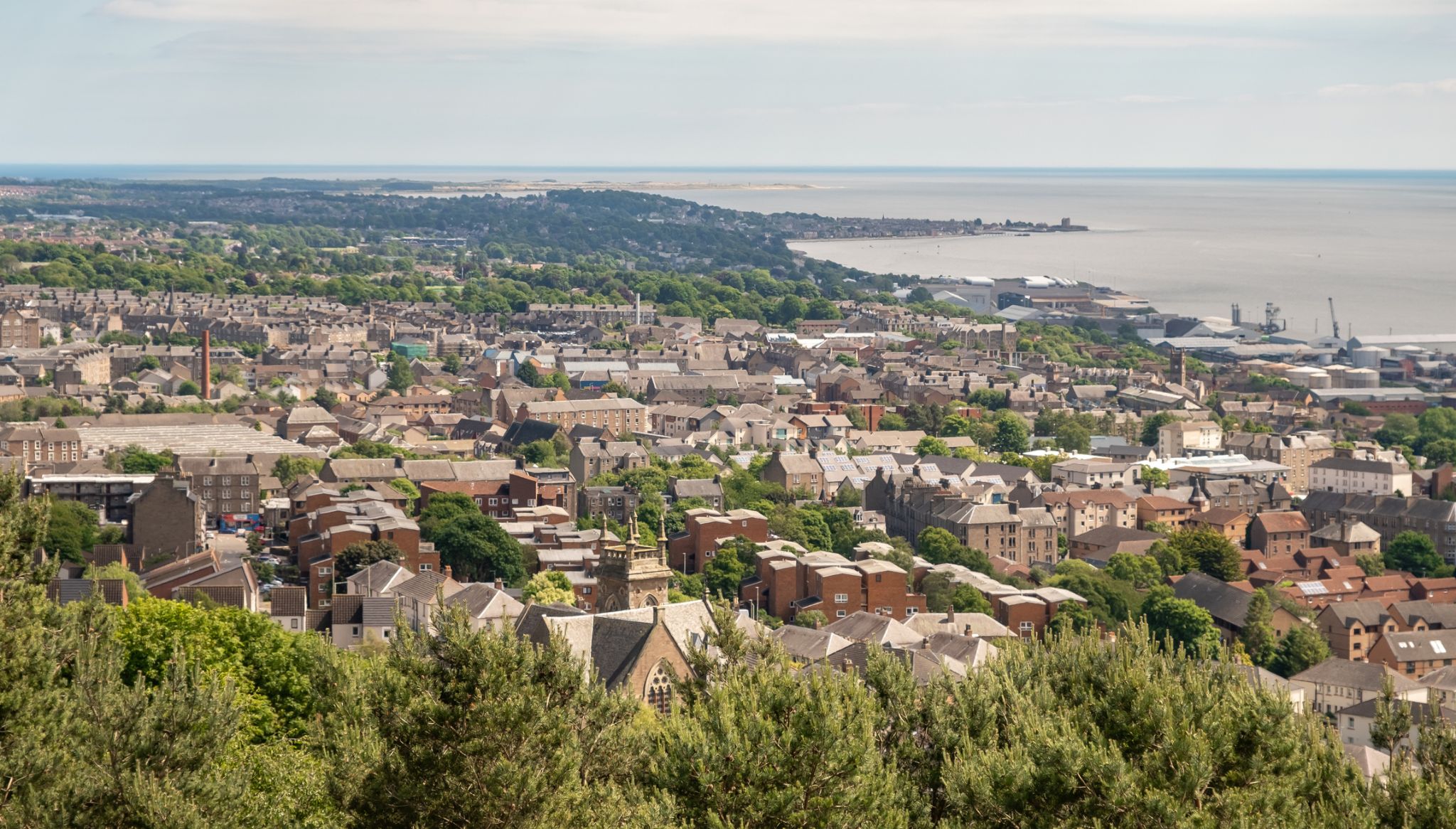
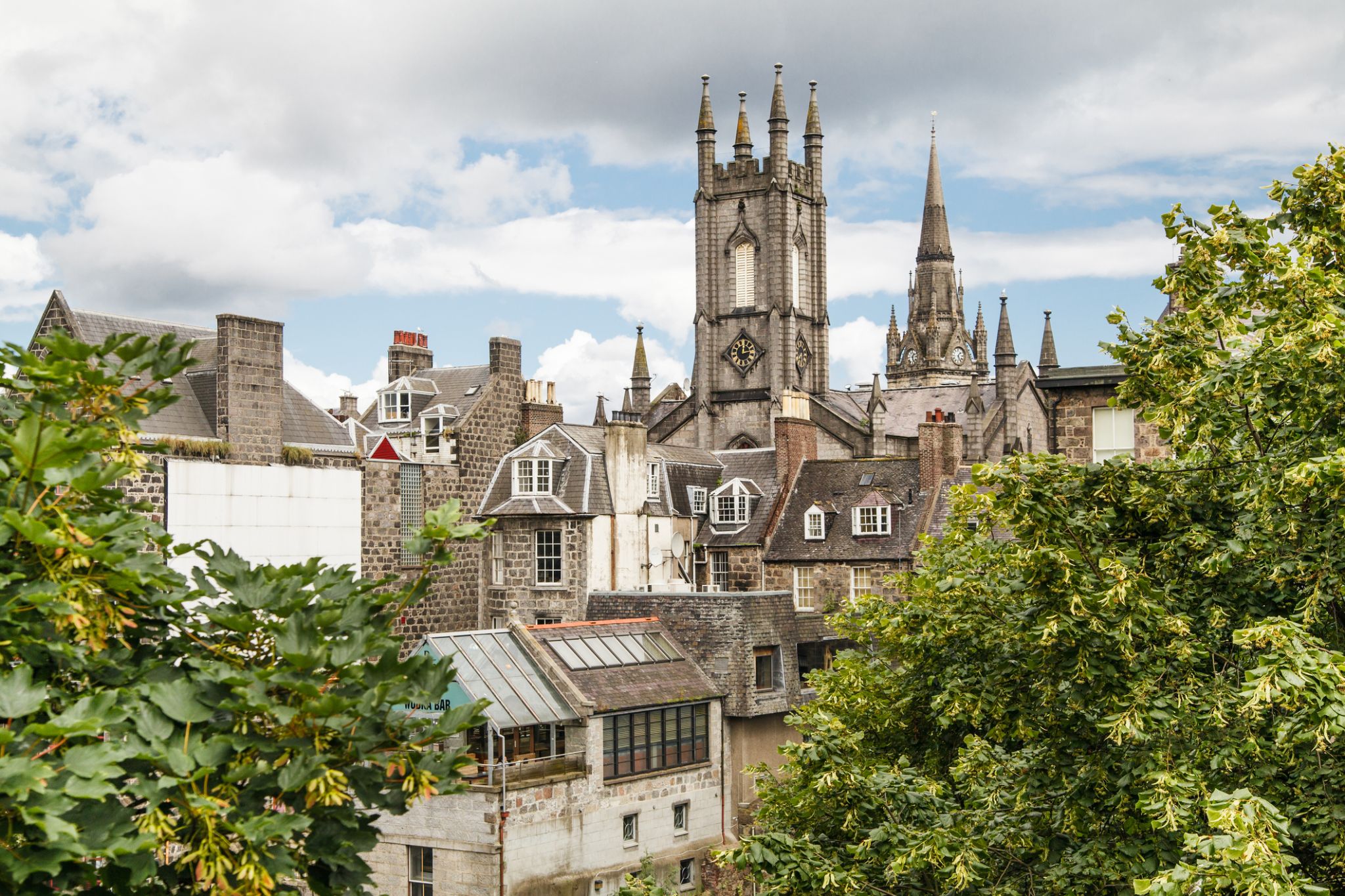


The town is well known for the Invergordon Mutiny of 1931. More recently it has also become known for the repair of oil rigs which line up in the Cromarty Firth on which the town is situated. In the 1970s and 1980s nearby Nigg was known for the construction of these rigs. The yard used for this is now attempting to re-establish itself as a fabricator of large offshore wind turbines and oil rig refurbishment since being purchased by Global Energy Group.
For a number of years Invergordon was the site of an aluminium smelter until 1981 when British Aluminium closed it down. The pipeline that covered the conveyor belt from the smelter to the BA pier was not dismantled until the early 2000s and the two large tanks still stand today as well as a water tower.
It still has a grain whisky distillery, operated by Philippines-owned whisky giant Whyte and Mackay, the output of which contributes to many blended whiskies. Connected to the distillery was the Invergordon Distillery Pipe Band.
At present the port is visited by many large cruise liners each year, as the deep water port allows disembarkation for coach tours in the northern Highlands.
Since the 1970s some would perceive the town as a 'Glasgow colony', since many workers were recruited from southern Scotland to work in the oil rig fabrication and aluminium smelting industries. As a result, the residents' accents often show more influence from Glasgow, than the surrounding Easter Ross dialect of Highland Englishalthough this has changed in recent years.
In recent years Global Energy Group have been expanding, with the purchase of the Nigg fabrication yard it has also brought much appreciated work to Invergordon's Docks with the town again full of oil company workers through the day.

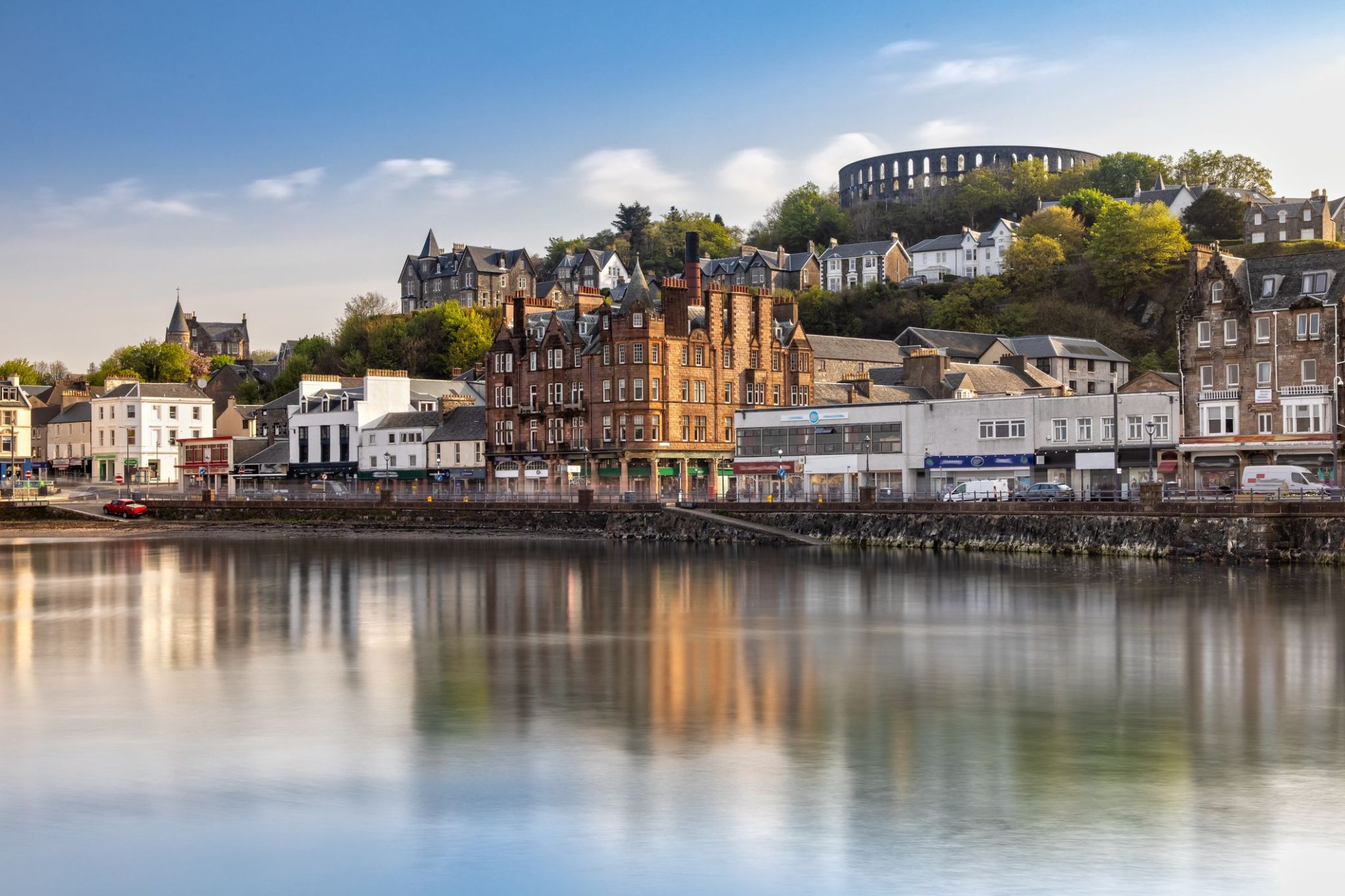
Շոտլանդիայի արևմտյան ժայռոտ ափերին ծփում է հմայիչ ծովափնյա քաղաքը՝ Օբան-ը, որը հաճախ անվանում են «դարպաս դեպի կղզիներ»: Այստեղ հիասքանչ բնապատկերները միախառնվում են հարուստ պատմության հետ՝ Դանստաֆնիջ ամրոցի ավերակներից մինչև քաղաքը գերիշխող կլորակերտ Մաքքեյգի աշտարակը։ Օբան-ի նավահանգիստը լի է լաստանավերով, որոնք ուղևորվում են Մալ, Իոնա և Սքայ կղզիներ՝ հիանալի մեկնակետ կղզային արկածների համար։
Գուրմանները սիրահարված են Օբան-ին՝ թարմ ծովամթերքի շնորհիվ․ տեղական ռեստորանները հայտնի են ոստրեներով և ապխտած սաղմոնով։ Իսկ վիսկիի սիրահարները կարող են այցելել հռչակավոր Oban Distillery-ը, որը գործում է դեռ 1794 թվականից։ Ափամերձ զբոսանքները, նավարկությունները և գեղատեսիլ մայրամուտները այս վայրը դարձնում են իսկական գանձ Հայլենդում։
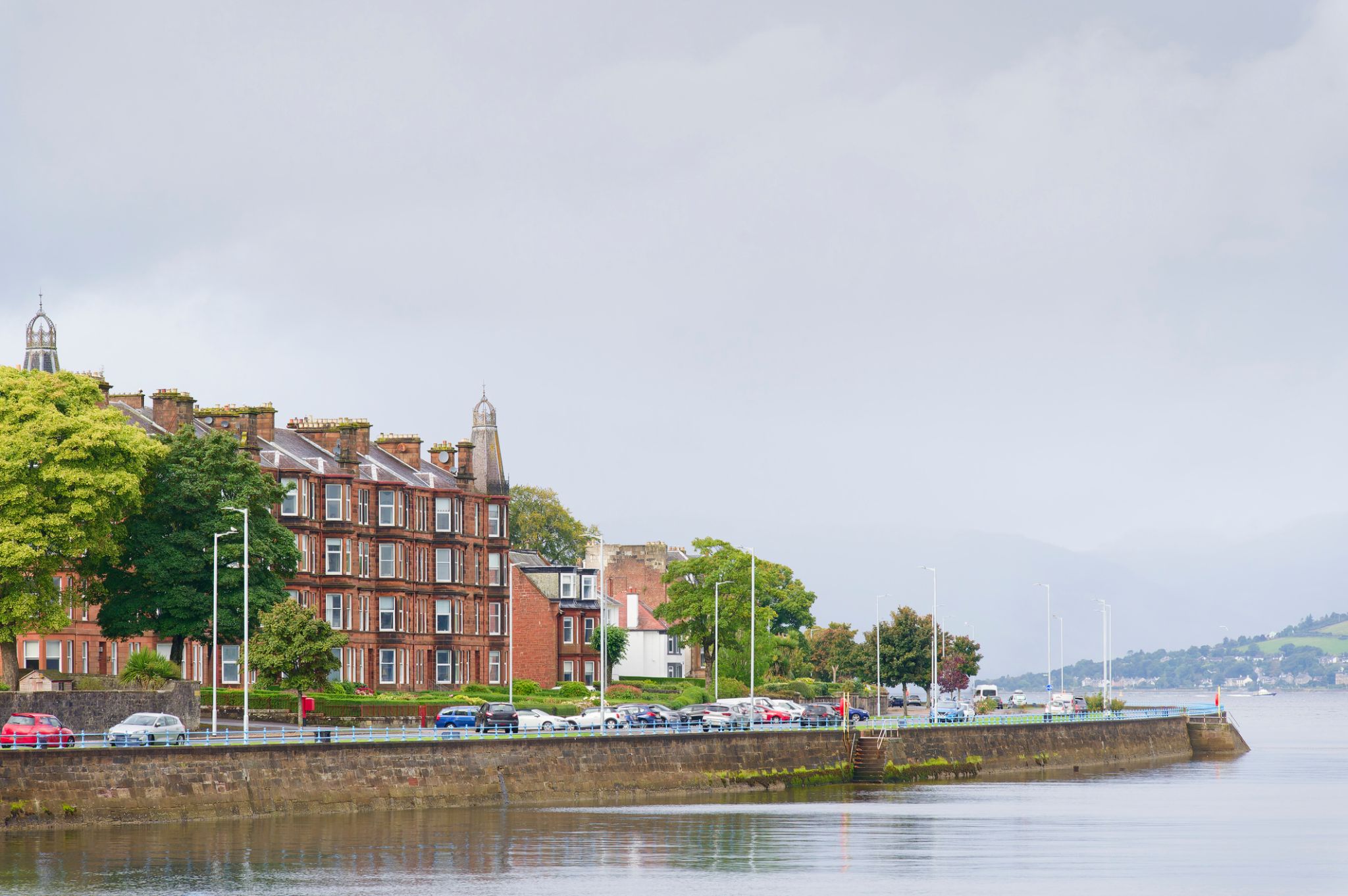
Գրինոքը Շոտլանդիայի քաղաք է, որը գտնվում է հարավ-արևմտյան ափին, Գլազգոյից 32 կիլոմետր արևմուտք: Գրինոքն հիմնադրվել է որպես նավահանգիստ, և նրա պատմական նշանակությունը կապված է նավաշինության և առևտրի զարգացման հետ: Շատ տարիներ շարունակ քաղաքը եղել է կարևոր ծովագնացության կենտրոն, իսկ այսօր այն շարունակում է ծառայել որպես կարևոր տրանսպորտային հանգույց՝ մեծ նավահանգստով և ժամանակակից ենթակառուցվածքով: Գրինոքը նաև հայտնի է իր պատմական շենքերով, ինչպիսիք են Գրինոքի մախլախամահակը, և դրա մերձակայքում գտնվում են նավատորմի թանգարանն ու բազմաթիվ հին պահեստներ, որոնք պահպանել են անցյալի մթնոլորտը:
Զբոսաշրջիկների համար Գրինոքը հետաքրքիր վայր է ծովափնյա զբոսանքների և պուրակներում քայլելու համար, ինչպես նաև հիանալի տեղ է Շոտլանդիայի ծովագնացության պատմությունը ուսումնասիրելու համար: Քաղաքը նաև հայտնի է որպես զբոսաշրջիկների համար իդեալական կետ, քանի որ դրա նավահանգիստը կապում է այն երկրի արևմտյան ափի ամենագեղեցիկ հատվածների հետ: Քաղաքի շրջակայքում կան բազմաթիվ բնական տեսարժան վայրեր՝ այդ թվում՝ հարևան կղզիներ և գեղեցիկ ավազափնյակներ, որտեղ կարելի է հանգստանալ և վայելել ծովի ու ափի գեղեցիկ տեսարանները:
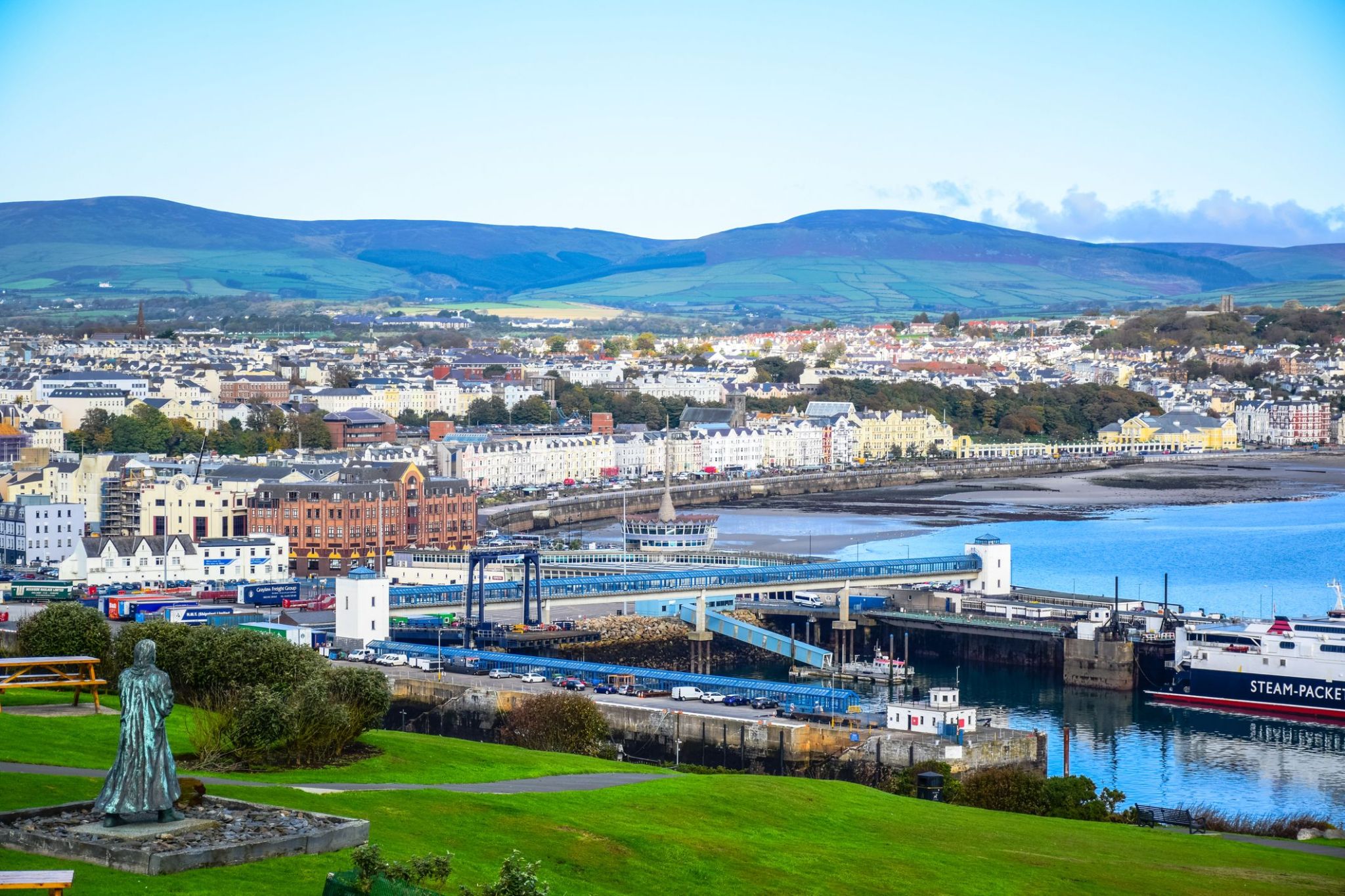
Դուգլասը Մեն կղզու մայրաքաղաքն ու ամենամեծ քաղաքն է, որը գտնվում է Իռլանդական ծովում: Քաղաքը, որը հայտնի է իր հարուստ ծովային պատմությամբ, հայտնի է իր գեղեցիկ ափամերձ տեսարաններով և հարմարավետ մթնոլորտով: Դուգլասում կարելի է զբոսնել պատմական ափամերձ գծով, որտեղ գտնվում են հին շենքեր և ժամանակակից սրճարաններ, ինչպես նաև այցելել տեղական թանգարան, որը պատմում է կղզու ծովային մշակույթի և ավանդույթների մասին: Քաղաքը նաև հայտնի է իր ճարտարապետական հուշարձաններով, ինչպիսիք են ամրոցը և պատմական վիկտորիականական շենքերը, որոնք տալիս են նրան յուրօրինակ հմայք:
Դուգլասի շրջակայքում կան բացօթյա գործունեության համար հիանալի հնարավորություններ, այդ թվում՝ քայլարշավներ, ափամերձ զբոսանքներ և հեծանվային էքսկուրսիաներ: Մեն կղզին հայտնի է իր յուրահատուկ բնությամբ, և զբոսաշրջիկները կարող են վայելել դիտարժան սարերը, գեղեցիկ ծոցերն ու ավանդական գյուղերը: Այս Բրիտանիայի հատվածը գրավում է զբոսաշրջիկներին իր յուրահատուկ մշակույթով, հին ավանդույթներով և գեղեցիկ բնական տեսարաններով, ինչը այն դարձնում է հիանալի վայր՝ հանգիստ արձակուրդների և հետաքրքիր ճամփորդությունների համար:
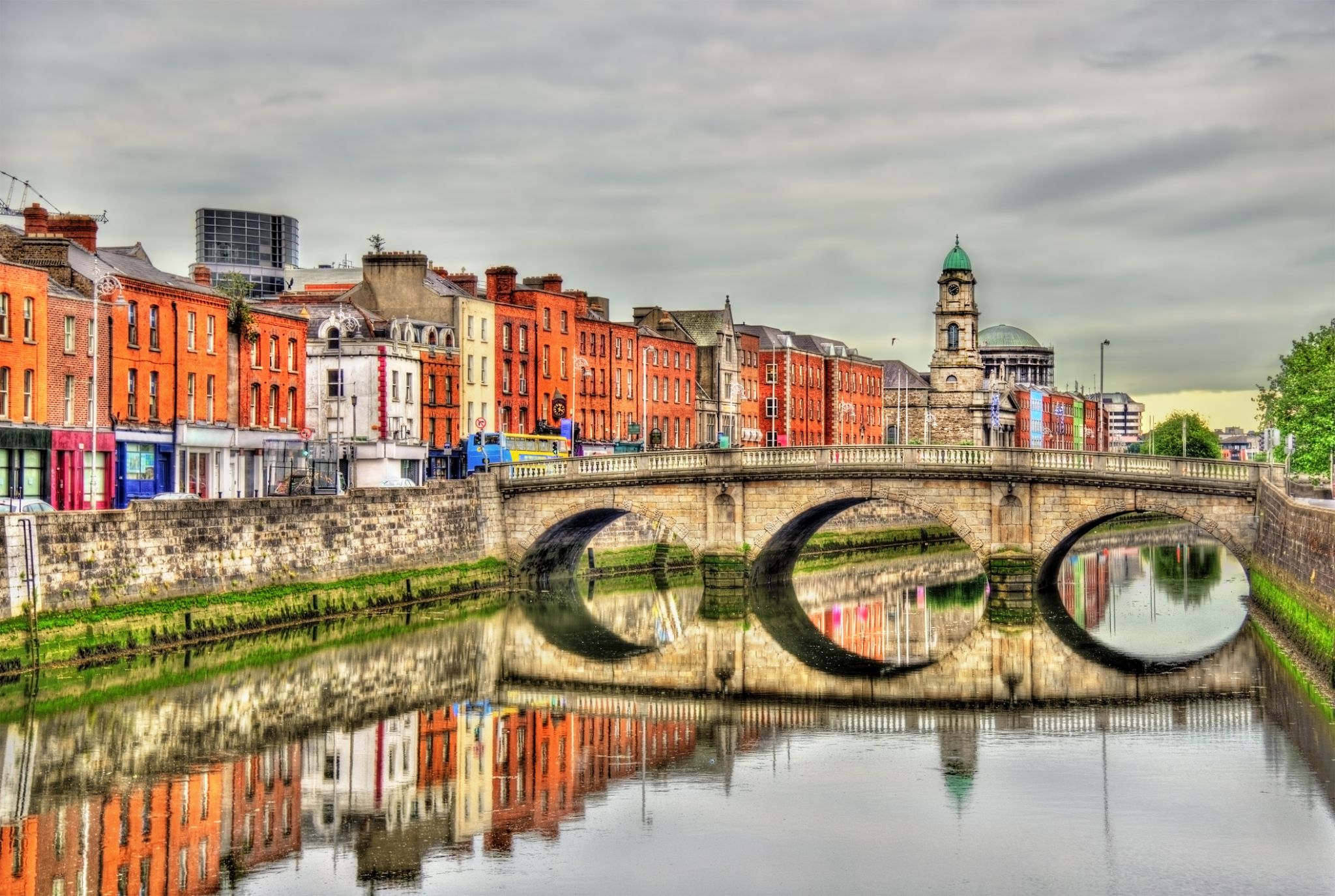
Dublin is the capital of, and largest city in, Ireland. It is on the east coast of Ireland, in the province of Leinster, at the mouth of the River Liffey, and is bordered on the south by the Wicklow mountains. It has an urban area population of 1,173,179, while the population of the Dublin Region (formerly County Dublin), as of 2016, was 1,347,359, and the population of the Greater Dublin area was 1,904,806.
There is archaeological debate regarding precisely where Dublin was established by Celtic-speaking people in the 7th century AD. Later expanded as a Viking settlement, the Kingdom of Dublin, the city became Ireland's principal settlement following the Norman invasion. The city expanded rapidly from the 17th century and was briefly the second largest city in the British Empire before the Acts of Union in 1800. Following the partition of Ireland in 1922, Dublin became the capital of the Irish Free State, later renamed Ireland.
Dublin is a historical and contemporary centre for education, the arts, administration and industry. As of 2018 the city was listed by the Globalization and World Cities Research Network (GaWC) as a global city, with a ranking of "Alpha -", which places it amongst the top thirty cities in the world.